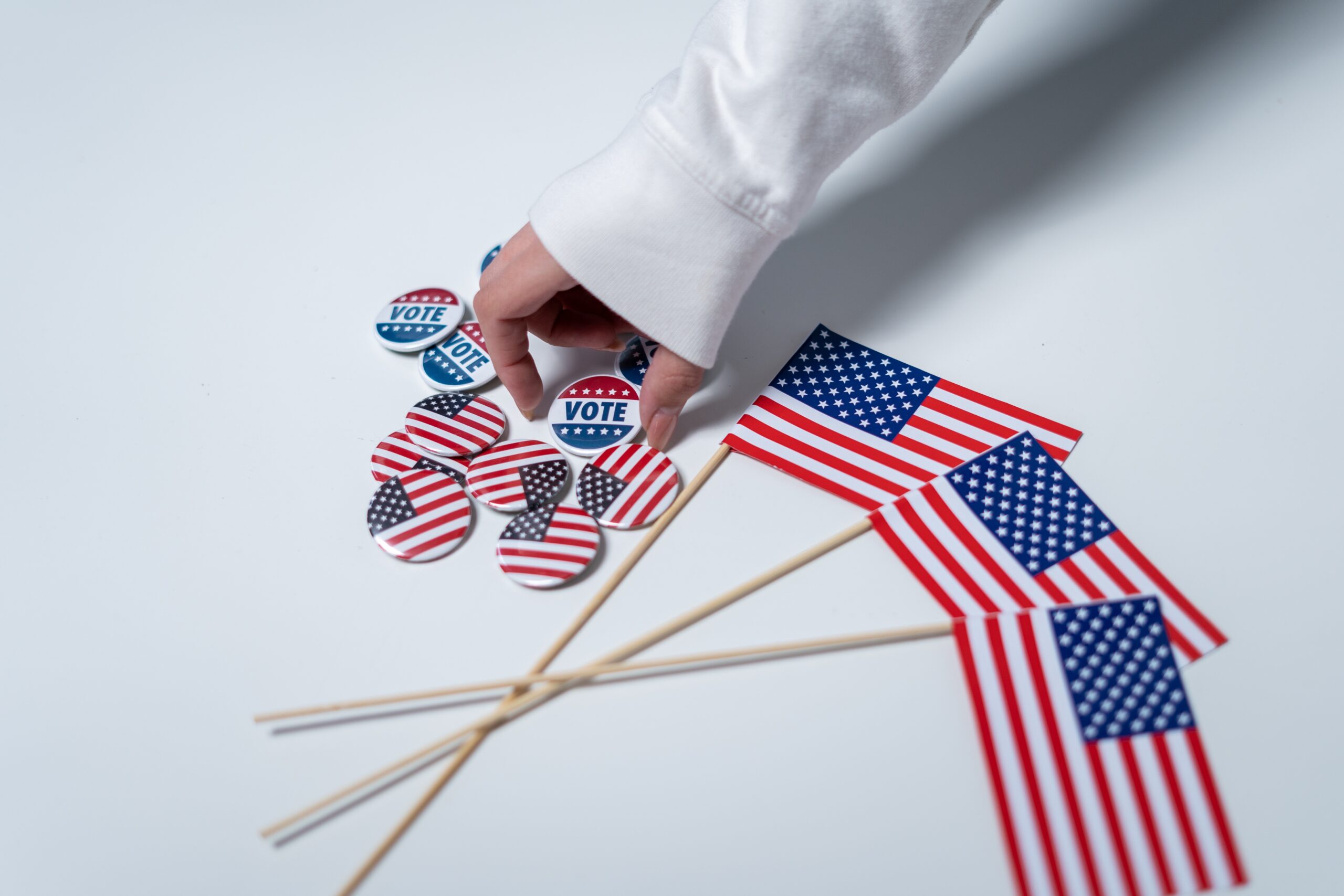
IN a year marked by strife and struggle, the 2020 election stands out as a key learning experience in racially and ethnically inclusive outreach and visibility.
Across all races, a politically diverse fellowship of Asian Americans and Pacific Islander (AAPI) candidates, operatives and community advocates came to the fore demanding a political and legislative landscape that better represents the growing AAPI community.
A product of one of the most devastating modern health crises, the 2020 election was simultaneously unusual and pivotal.
In a webinar hosted by the Center for Asian Americans United for Self Empowerment (CAUSE) on Thursday, Nov. 19, AAPI community leaders came together to unpack the preliminary polling that measured the behaviors and attitudes of the AAPI electorate.
“We experienced record turnout across the country and we, of course, had to vote under COVID-19 so we also had to shift gears, moving in large part to mail-in ballots across the country,” said Manju Kulkarni, executive director of Asian Pacific Policy and Planning Council (A3PCON), a leading advocate organization that has tracked the anti-Asian sentiments (and politicians’ attitudes thereof) amid COVID-19.
“We understand that like their fellow citizens, [Asian and Pacific Islanders] cast votes in record numbers exceeding the number of votes in 2016 and 2018,” Kulkarni added.
In the research area of ethnic voting blocs in the United States, AAPI visibility is scant.
Mainstream media regularly disaggregates voter groups by race, but too often the AAPI community is either unrecognized — often labeled as “other races” — or ignored entirely.
According to the U.S. Census Bureau (not counting the latest census count), the AAPI community represents 6% of the overall U.S. population, and according to longstanding projections, that will double by the year 2040.
When it comes to the attitudes of AAPI voters this past election cycle, President Donald Trump played a huge role in the increased turnout, according to exit polls. In addition to the vocal minority of Trump-supporting AAPI voters, on the Democratic side, voters led with anti-Trump motivations.
In other words, a majority of people were motivated to vote for Democratic candidate Joe Biden, not because they support his specific promises and policies, but because they were more inclined to get Trump out of office, according to Karthick Ramakrishnan, public policy and political science professor at UC Riverside and founder of the research organization AAPI Data.
“I think it will be interesting to see what kind of governance implications that will [bring] because there’s a lot of diversity in terms of what the kinds of agendas and what should be the priority in the first hundred days [of Biden’s presidency],” Ramakrishnan said, emphasizing that the current data does not present the clearest picture, but more survey results should be available in early 2021.
The presidential race was only the tip of the iceberg when it comes to the overall ballot, especially in California where several contentious races and ballot measures were decided upon by voters.
The highly contentious Prop 16, which would have overturned a 1996 ban on affirmative action, did not pass, and people like Ramakrishnan attributed that to confusing language on the ballot itself and the fact that the legislature submitted the proposal later than usual.
AAPI leaders in California, by and large, asserted that Prop 16 would benefit the community in terms of hiring, college admissions and the granting of government contracts to small business owners, but the overall messaging of the ballot measure — as well as the contrast between both the Yes on 16 and the No on 16 campaigns — led to its defeat.
“We don’t have exit data on Prop 16, but my guess is it probably would not pass in the Asian American community, given the high level of uncertainty,” Ramakrishnan added. “Voters, when they don’t fully understand propositions are more likely to vote no than yes.”
When it comes to gathering data that could help explain why AAPIs vote the way they do, the execution of the many surveys and polls often leaves out the nuances of this community that comprises hundreds of different cultures within each community.
This blind spot among many national pollsters and organizations that conduct voter surveys (like the Associated Press and NPR ones, for example) highlights the importance of disaggregated data.
But AAPI community organizations over the last several years have been working to fill that void by intensively getting to know the ins and outs of every community. Lian Cheun, executive director of Khmer Girls in Action, noted that within the Cambodian American community, civic engagement is often hindered by trauma.
It’s an uphill trek to civically engage the larger AAPI community, but as Cheun notes, the solutions lie in mobilizing younger voters to hopefully bridge the generational gap and educate older, immigrant community members.
But incremental change, as Cheun stresses, should begin at the neighborhood level where solutions could involve interactive cultural events (like a Halloween “scare-fest” that the KGA hosted in October that showed “what would happen if you don’t turn out to vote”) that can energize members of the fastest-growing voting bloc in the country.
“We need to be able to show up and say that our story matters and the solutions that we propose matter, and all that effort is really important, and I think we’re beginning to see some of that shift,” Cheun said. “The election [helped] us shift the terrain in how we organize and advocate. It’s important because it means that we have an opportunity to deepen what democracy can be and we could build power in a different landscape.” (Klarize Medenilla/AJPress)






